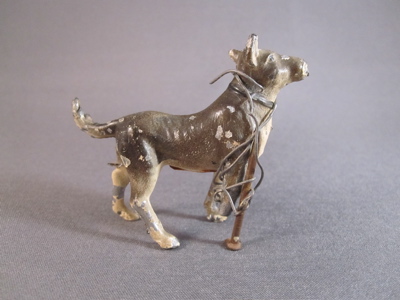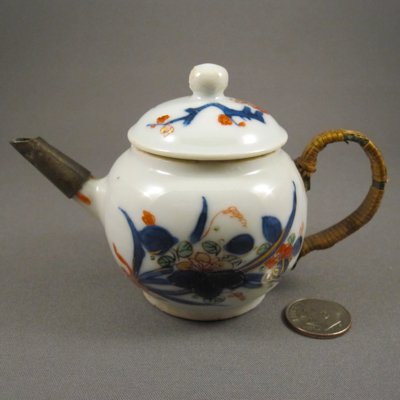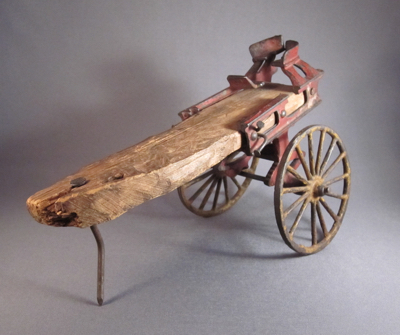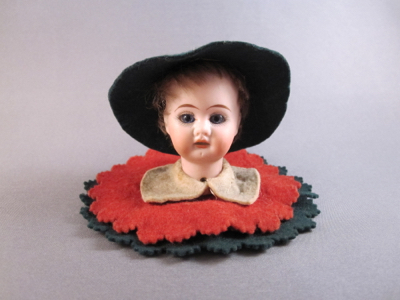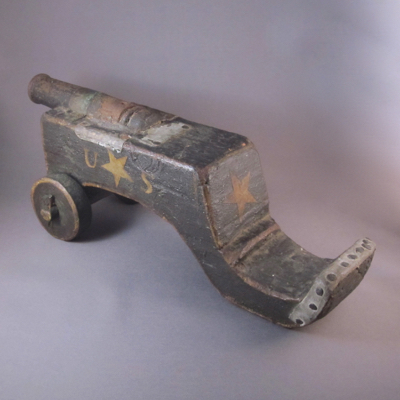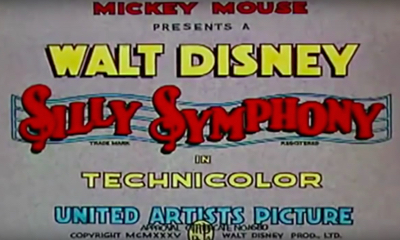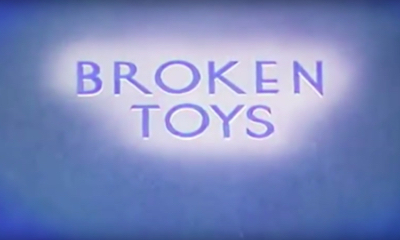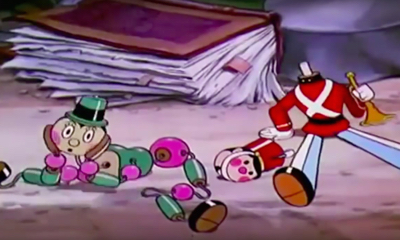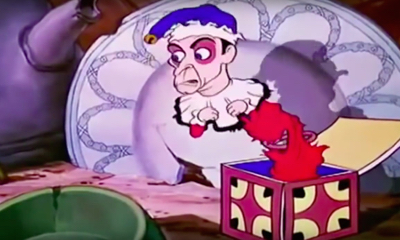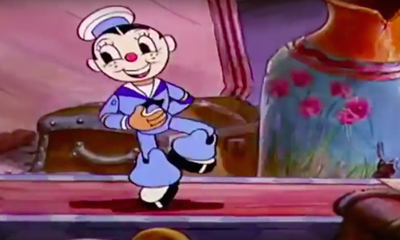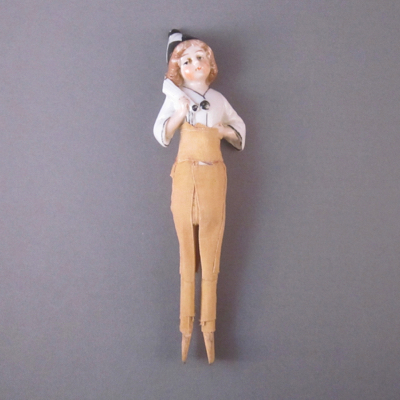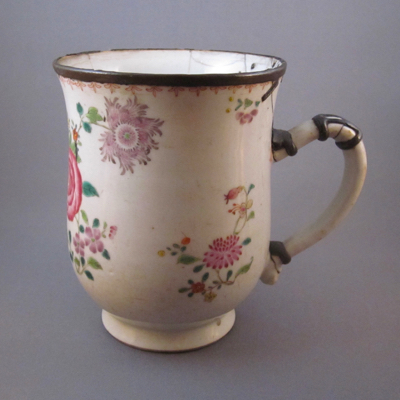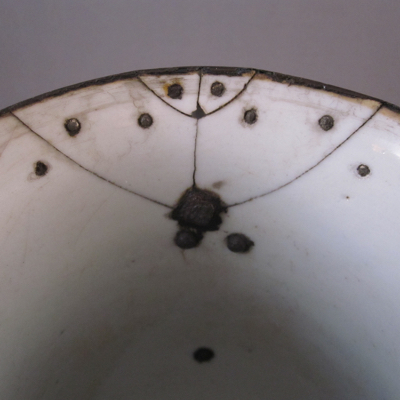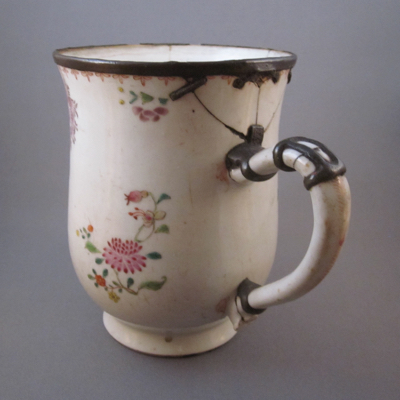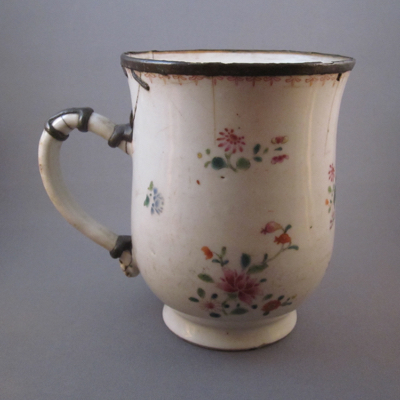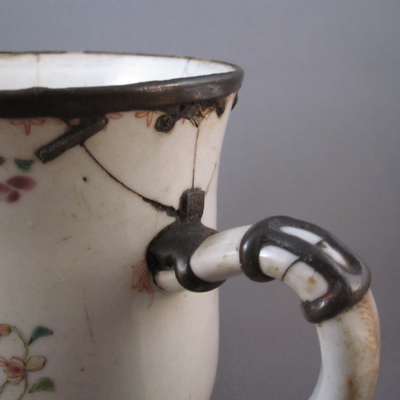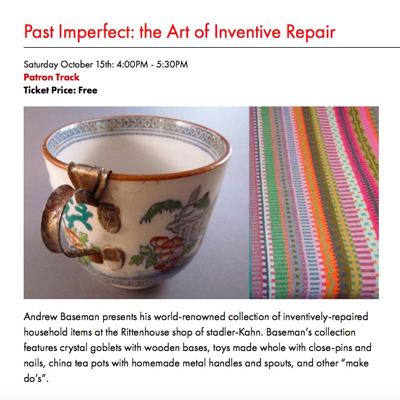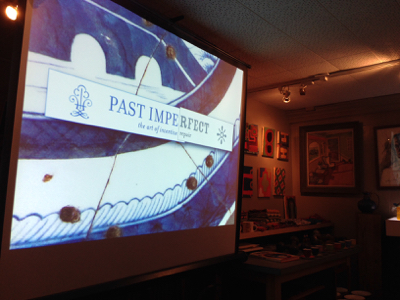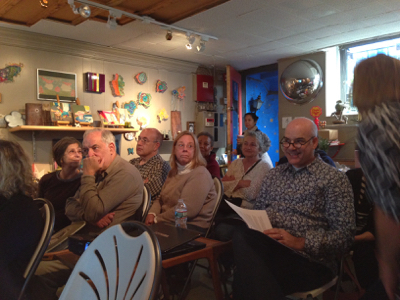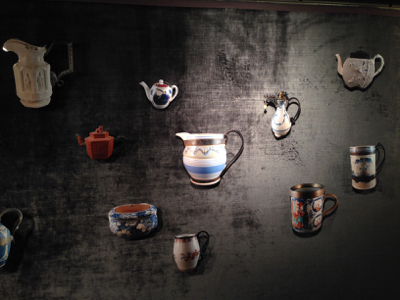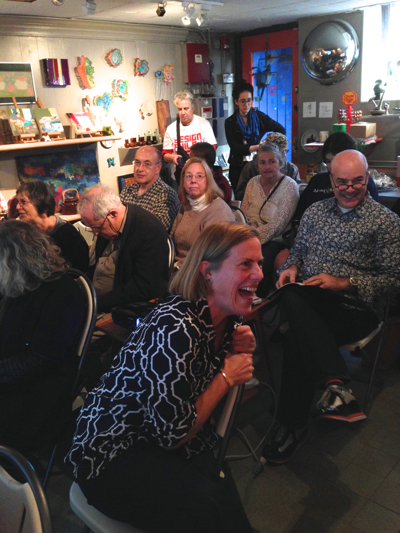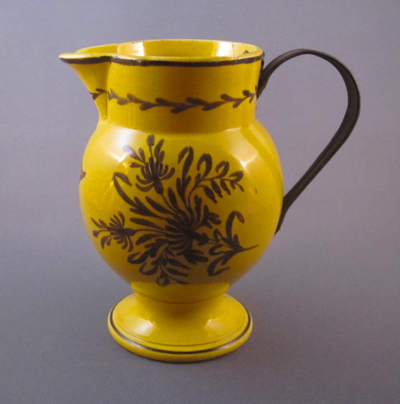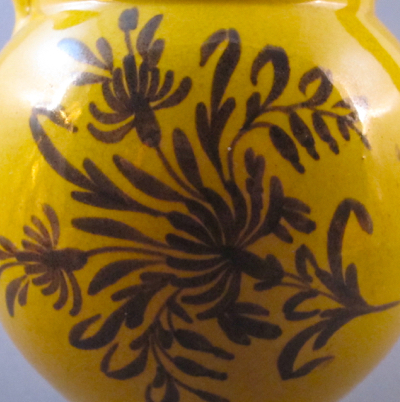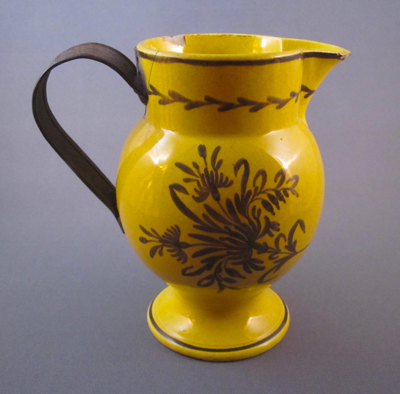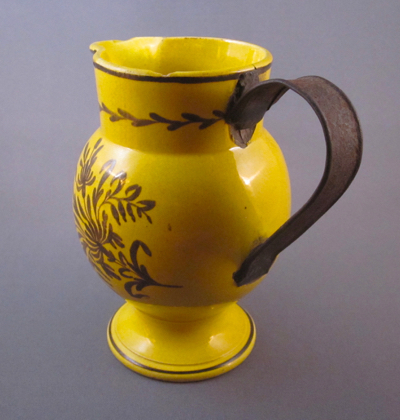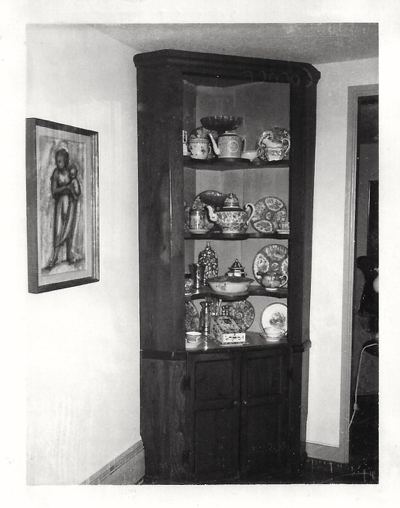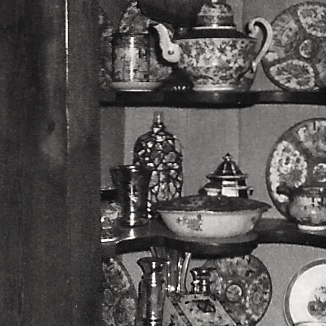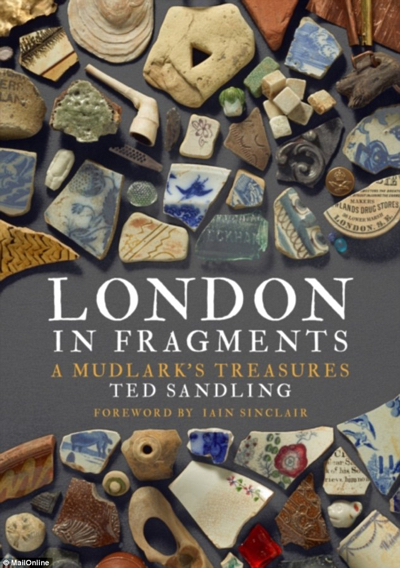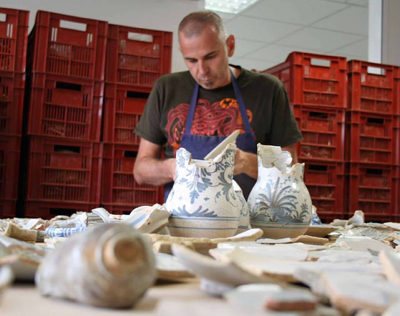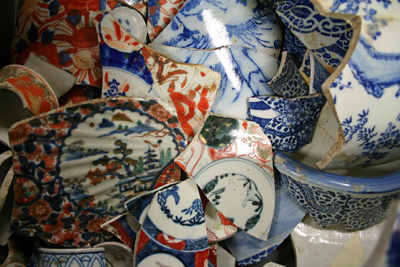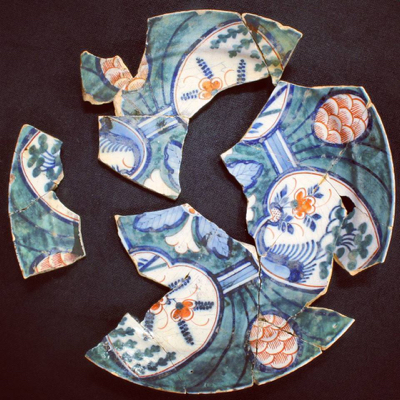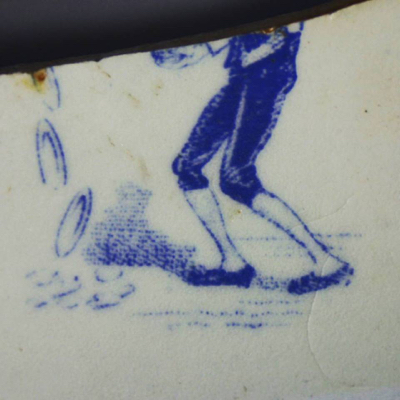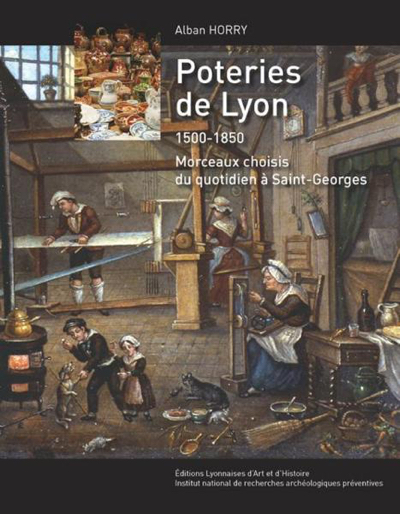Last night I ran into an old friend, Andrea Lippke, who wrote a wonderful article, “In Make-Do Objects, Collectors Find Beauty Beyond Repair,” about my collection in The New York Times a few years back. She couldn’t wait to share with me a YouTube video she and her young daughter had been enjoying: Walt Disney’s Broken Toys, a Silly Symphony short film from 1935.
The film begins with garbage being tossed into a heap of discarded items with a NO DUMPING sign looming in the foreground. A sailor doll with a broken leg befriends a jack-in-the-box with a broken spring, a doll missing her eyes, a rag doll that lost its stuffing, and toy soldiers with missing body parts. I cringe to mention that also included are shocking racial stereotypes, including a black mammy doll missing her seat and a black dancing marionette with broken strings. It amazes and saddens me that these images were accepted by our culture in the not too distant past.
With help from the sailor doll, each toy gets a make-do repair, including my favorite, a toy solider flautist with a thimble replacement hat and a pencil standing in for a missing leg. In the background throughout the film are dozens of chipped and cracked ceramics, each screaming out for an inventive repair.
Here are some of my own broken toys, each an ultimate survivor that could easily have ended up in the same garbage dump depicted in the film. My heartfelt thanks to the unsung heroes who brought these toys back to life.
